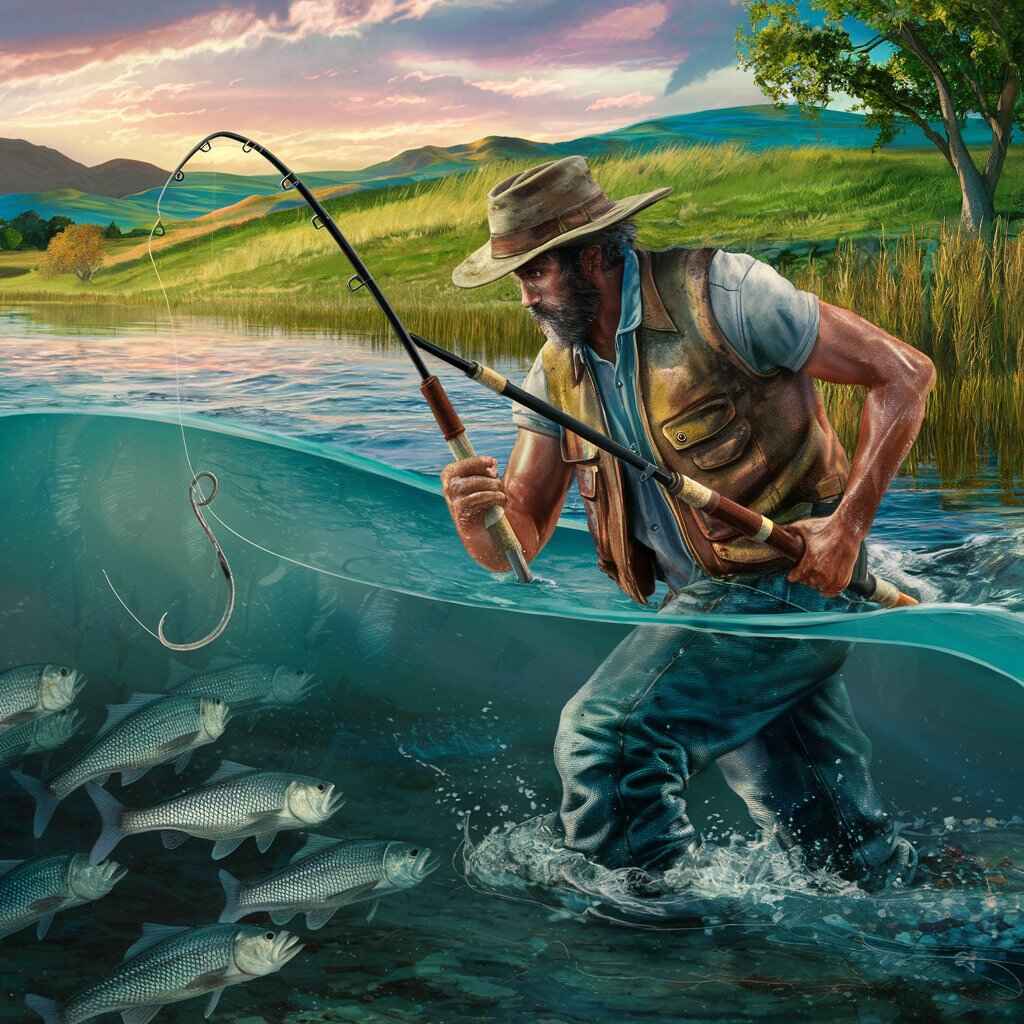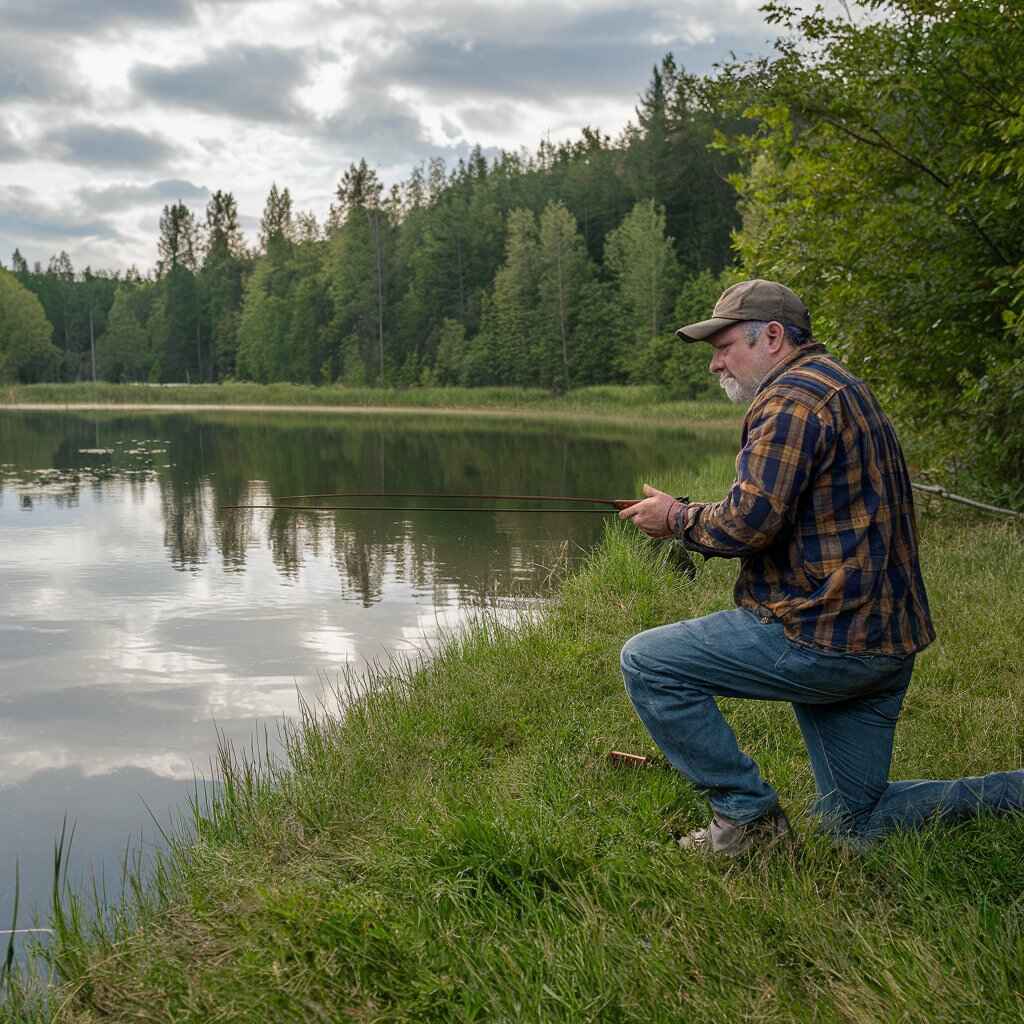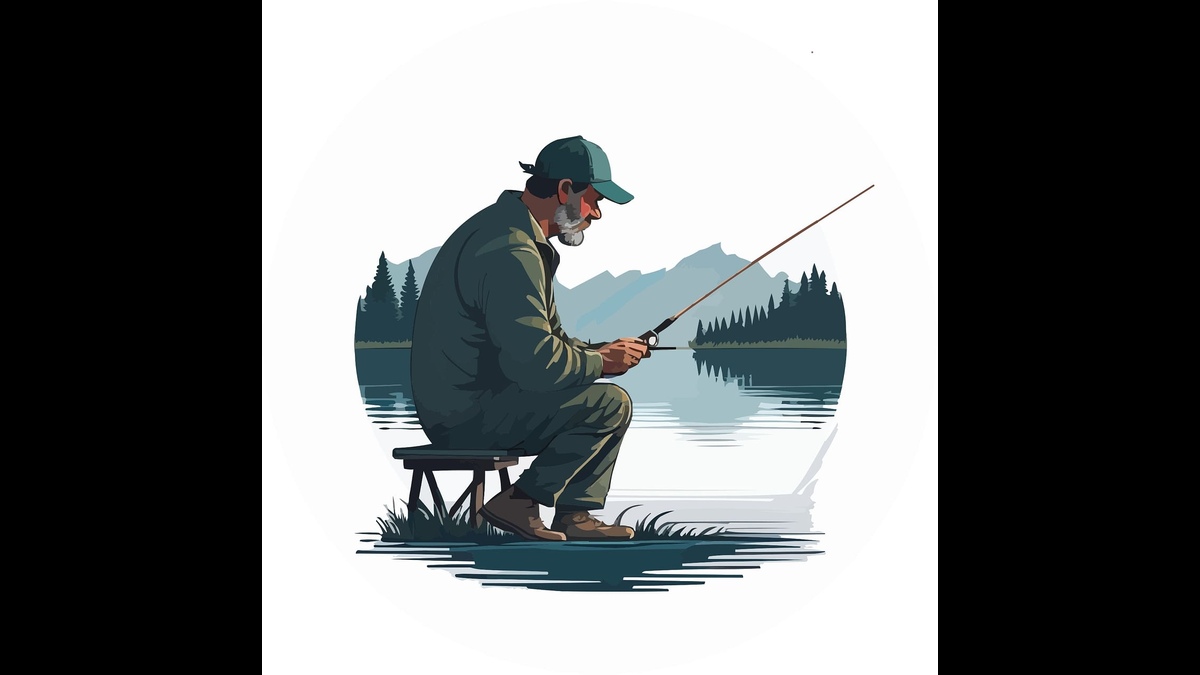Introduction to Fiskning
Fishniking has been a means of livelihood and the art of fishing has been a means of competition among each other for thousands of years. To achieve mastery in this field, attention, patience and right material is required. This Post will provide you valuable information about proper fishing technique, equipment, and other related topics. This article will help you in mastering the art of fishing, no matter your level of experience.
Choosing the right Fiskning spot
Just like it is important to find a right place to start something, similarly it is important to find a right place before catching a fish. There is a high possibility of finding fish in small ponds, waterfalls, small lakes built in rocks. Along with this, pay attention to the depth and temperature of the water because different species of fish are found in different environments, some like to live inside deep water, some like to live on the surface, know about which fish you are looking for. Go fishing in good weather as weather affects the movements of fish.

Understanding different Fiskning techniques
There are different types of fishing techniques using which fish can be caught easily. Let us learn about some of them.
1. Casting: This technique involves Using a fishing rod, throw the hook into the water’s depths in this approach. It’s a popular technique for freshwater fishing as it lets you cover additional territory.
2. Trolling: Trolling is the practice of hanging a food item or trap behind a boat that is moving. This method works well for catching fish like salmon or trout that swim at different depths.
3. Bottom fishing: This technique involves swimming near the water’s surface, as the name suggests. Grouper, catfish, and the snapper are some of the fish that are commonly caught with it.
4. Fly Fishing: Live artificial flies are used as prey in fly fishing. Fish such as bass or trout become drawn to the movement of insects under the water and get caught in the net.
Ecological Influences of Fishing
Maintaining aquatic ecosystem
According to old thinking, if fishing is done responsibly then there will be less harm to the environment. Catching fish and maintaining a balance between its population helps in maintaining the aquatic ecosystem.
Sustainable fishing practices
Fishing practices should include environmentally friendly fishing practices, such as not using any unsafe substances or objects while fishing, etc.

Cultural Implications of Fishing
Folklore and Legendary Catches
Environmentally responsible Fiskning techniques should be used, such as avoiding the use of any dangerous materials or equipment at time of fishing, among other things.
Sharing of Fishing Stories
The completion of trips to fishing frequently involves group storytelling and experience sharing, which promotes friendship and preserves the tradition of fishing.
Therapeutic Dimensions of Fiskning
Experience of Meditation
An enjoyable diversion from the stress of modern life is Fiskning. A peaceful haven for the mind and soul is created by the continuous motion of casting and the calming sounds of the natural world.
Relaxation and Relieving Stress
Anxiety and stress can be calmed by the peace of the water and the excitement of a possible catch. Fisherman can find peace and renewal in the natural world.
Promotion of Sustainable Fiskning Practices
Green Equipment
Fishing’s negative ecological effects can be reduced by using environmentally friendly equipment, such as non-toxic prey and fishing lines that decompose. A key component of maintaining aquatic environments is played by fishermen who respect sustainability.
Respect for Catch Limits
Responsible fishers follow catch restrictions imposed by the authorities to avoid overfishing and preserve the fragile harmony of aquatic ecosystems.
Encouragement of Conservation Measures
By giving their time, making donations, or supporting conservation efforts, fishermen may help protect aquatic ecosystems and biodiversity.

Conclusion
Ultimately, the dropping of fish serves as an actual example of how nature and humans connect. It cultivates an in-depth understanding of marine life by combining tradition and modern lifestyles. It is the responsibility of fisherman to catch fish in a sustainable manner So that their population is also maintained and this age-old, traditional activity can be enjoyed by future generations.




